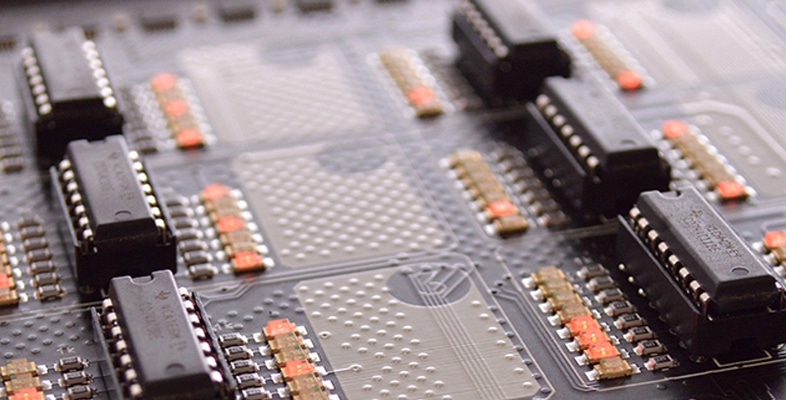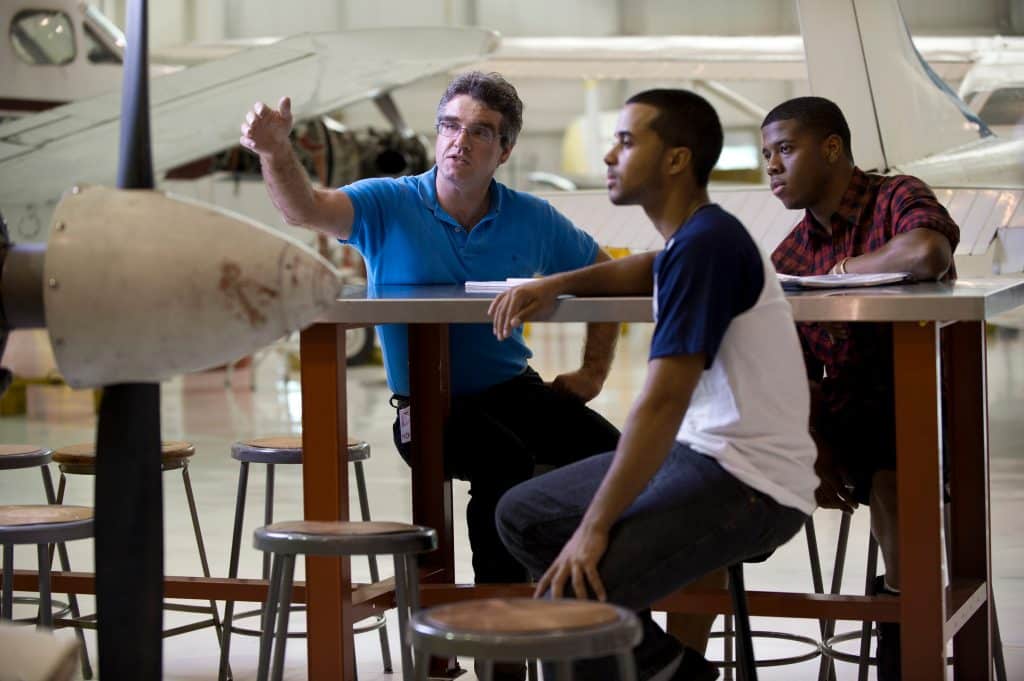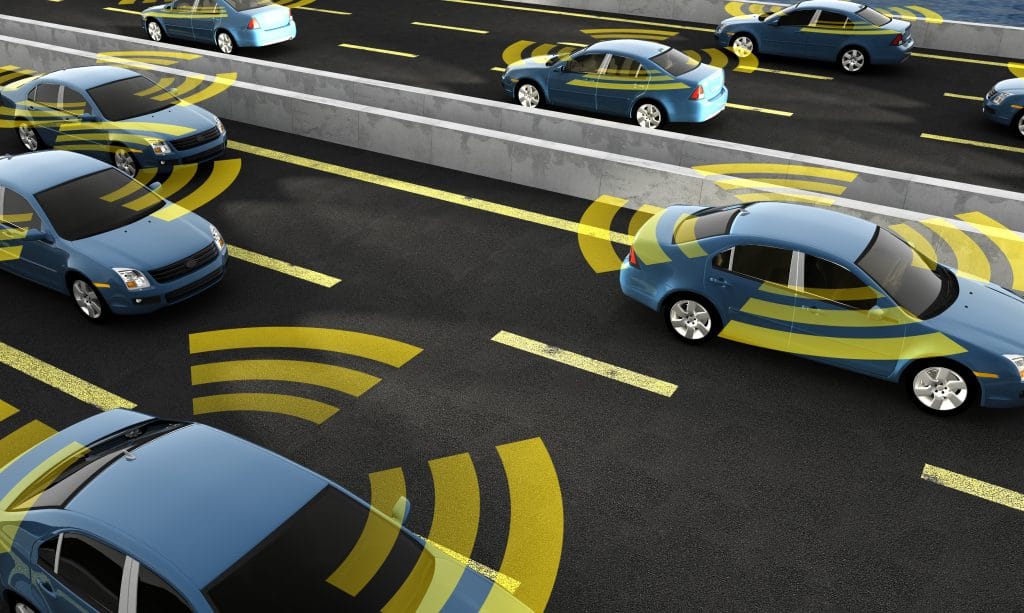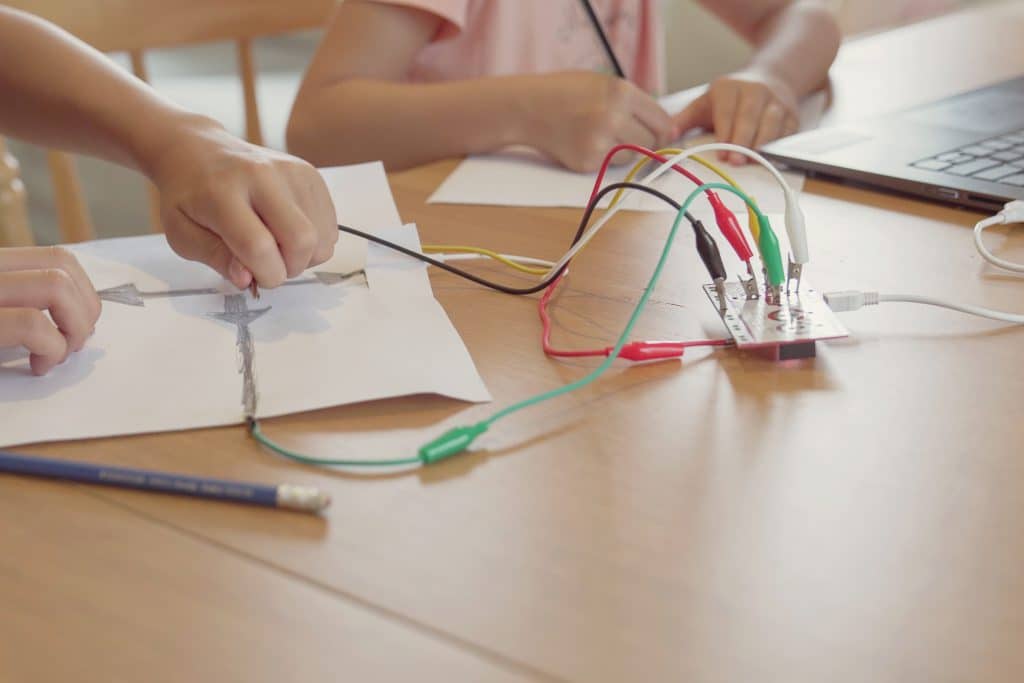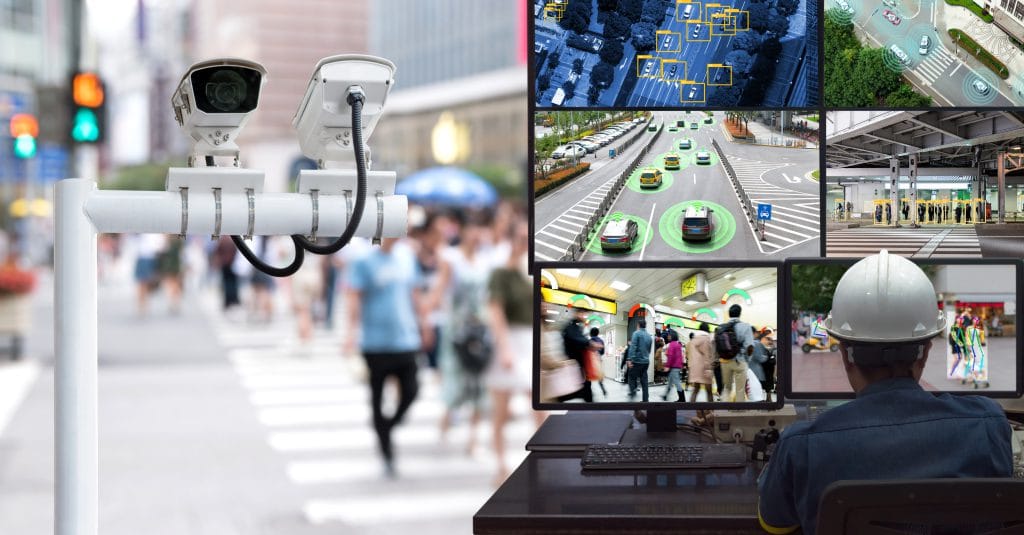Aerospace Program Technology Curriculum Resource Packet
This resource packet was developed by a partnership between the SpaceTEC National Center of Excellence, Brevard Community College, and the NASA Education Office at the Kennedy Space Center. The easy-to-use booklet provides listings of all the necessary materials and step-by-step instructions on how to conduct the experiments in a classroom or laboratory environment. The experiments […]
Aerospace Program Technology Curriculum Resource Packet Read More »


